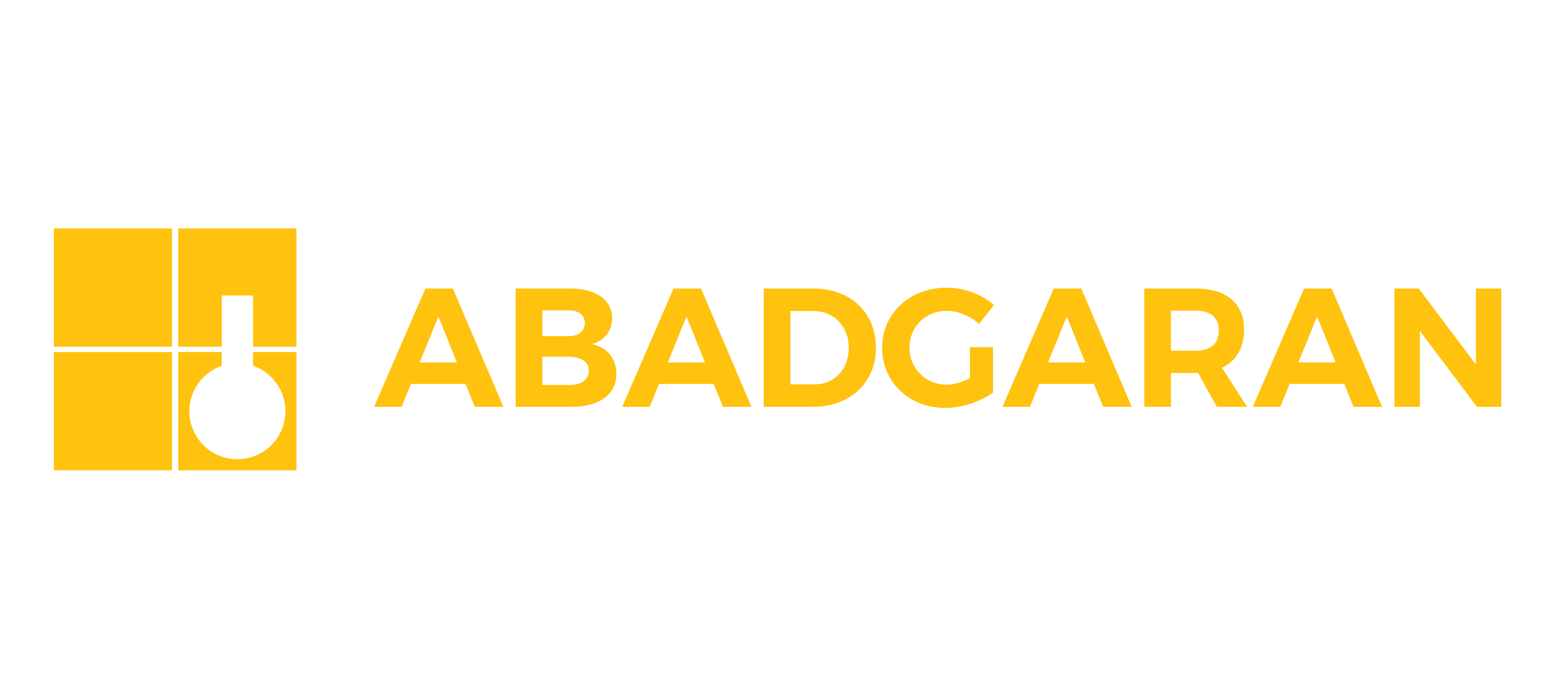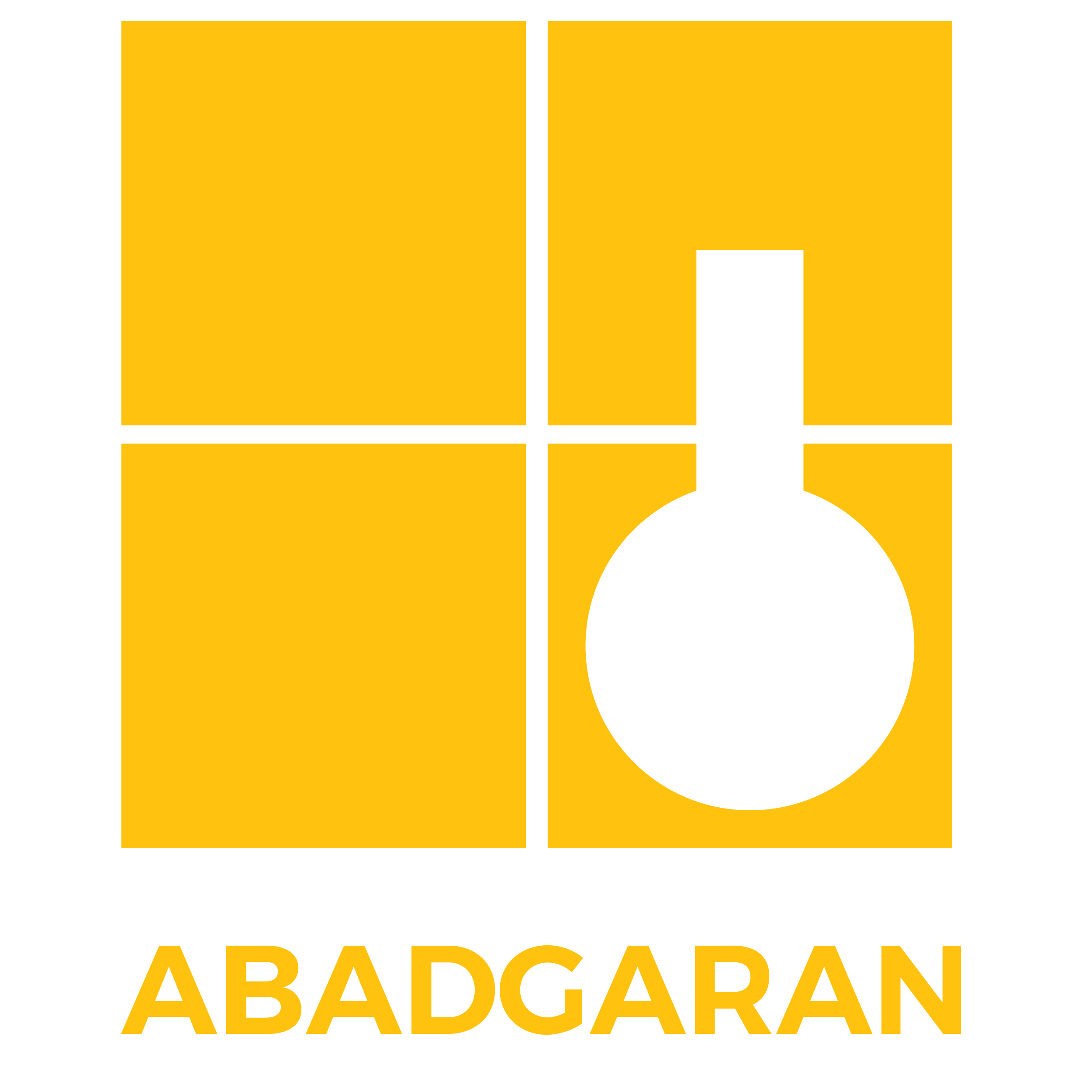
Please wait, loading...

Please wait, loading...

![]()


Surface protection systems are a fundamental part of the concrete repair and rehabilitation process. These systems are designed to enhance the strength, durability, and service life of concrete when exposed to factors such as corrosion, cracking, and other forms of deterioration. They improve the quality and longevity of concrete and protect it against potential damage from environmental conditions and service loads. The use of such systems in the construction and maintenance of concrete structures can reduce maintenance costs and ensure structural safety.
The following section discusses the various surface protection methods:
According to EN 1504-2, the main types of surface protection methods are:
The table below schematically presents these three system types along with brief descriptions.

EN 1504 does not cover flooring systems in buildings that are not intended to protect or restore the integrity of concrete. Such products are standardized under (DIN) EN 13813:2003. However, the standard also states that products and systems conforming to EN 1504, when used in mechanically loaded flooring applications, must also comply with (DIN) EN 13813:2003 requirements.
The following section briefly describes the three basic surface protection methods and common materials used in each:
Hydrophobic Impregnation
This method can be used to protect natural stone or concrete structures. It forms an invisible thin film on the surface and significantly reduces water absorption.
Hydrophobic treatment is typically achieved using silanes or siloxanes (diluted in water or alcohol). These materials are usually ready to use and are applied by spraying or brushing, depending on their viscosity, which can range from water-like to creamy.
All materials dry by solvent evaporation. Liquid systems dry faster than creamy ones, but creamy systems remain on the surface longer, resulting in better penetration depth and overall effectiveness. Therefore, creamy systems often provide more effective surface protection.
Hydrophobic agents do not fill pores entirely; they only coat the walls of the pores. Due to the increased contact angle of the pore walls, water cannot penetrate the substrate. However, water vapor or pressurized water may still enter the pores.
The main advantage of hydrophobic treatment is achieving water repellency without changing the surface appearance or its permeability to water vapor. When used in combination with coatings, the hydrophobic agent improves the long-term adhesion of the coating to the surface.

Impregnation
Impregnation, as defined in EN 1504, is used to reduce surface porosity, which decreases permeability to liquids and vapors and increases surface mechanical resistance. Unlike hydrophobic agents, this method partially or completely fills the pores and creates a discontinuous thin film on the surface. It also alters the surface appearance. However, it does not necessarily result in a distinct film thickness.
Impregnation is typically based on organic polymers such as epoxies, polyurethanes, or acrylics, with no fillers or pigments. Application is usually done by brush. For large horizontal surfaces, the area may be flooded and then spread with a squeegee.
When impregnation is part of a surface protection system, it should be applied along with sand to ensure adequate adhesion and bonding for subsequent layers.

Polymer-Based Coating Systems
Coatings form a continuous protective film of defined thickness on the concrete surface. They are used to prevent the ingress of harmful substances, enhance mechanical strength, and bridge static or dynamic cracks. Typical coating thickness ranges from 0.1 to 0.5 mm but may be increased depending on conditions.
Depending on the application, coatings can be made of epoxy resins, polyurethanes, acrylates, polymer dispersions, or polymer-cement composites. Coatings may also include aggregates, typically quartz sand with a particle size below 1 mm.
Abadgaran Chemical Industries offers a diverse range of products in this field, which can be found under the “Paints and Coatings” product group.
Also, ABAFLEX-ECO is a two-component waterproof and protective coating based on cement and acrylic resin, offering flexibility, long-term durability, and strong adhesion to concrete, metal pipes, and other substrates.
To meet the requirements of EN 1504-5, coatings typically consist of several layers, each with specific functions:
These layers are not described in EN 1504-2. For example, coating systems based on the German guideline for concrete repair (RL-SIB 2001) are detailed in later paragraphs. Experience shows that multiple layers are essential for corrosion protection. When the concrete surface is rough or uneven, a levelling layer is applied with the following roles:

Levelling Layer
This layer is essential to ensure a consistent thickness for the subsequent protective layers. It is usually made from polymer-modified cement mortars with a maximum grain size of 0.5 mm, or up to 1 mm in special cases. The maximum thickness is around 3 mm. After application, the surface is levelled so that peaks remain exposed while valleys are filled with mortar.
The main protective layer typically has one or more of the following properties:
Like crack injection materials, surface protection systems can be classified into:
Material selection for each layer depends on the system’s key performance requirements. Generally, stiff polymer resins like epoxies are used for purely sealing surface protection. Layer thickness depends on exposure: around 0.3 mm for vertical surfaces and up to 5 mm for horizontal surfaces with heavy traffic. These may serve both as waterproofing and wearing layers. To ensure sufficient surface roughness, quartz sand or abrasive-resistant materials are used for texturing.
For systems that must bridge cracks, flexible polymers like polyurethanes are used. To reinforce the crack-bridging layer, glass fiber mesh can be embedded. The main protective layer’s thickness typically ranges from 1 to 4 mm. For traffic-exposed applications, the wearing layer should also be polyurethane but may be stiffer than the crack-bridging layer. To ensure longer durability, the layer is heavily filled with sand. A topcoat is applied to prevent abrasion of the sand.
The thickness of the protective system layers is one of the critical properties that suppliers must declare per EN 1504-2. Final layer thickness is essential to performance.
Typically, the minimum layer thickness refers to the dried film thickness. Due to curing shrinkage, the wet-applied thickness is greater than the final dry thickness. Manufacturers specify the required wet thickness in technical data sheets to achieve the desired dry film.

Example: Protection system on a vertical concrete slab – concrete substrate, levelling layer, hydrophobic agent, base layer, two main protective polymer dispersion layers – non-walkable, non-crack-bridging, designed to prevent corrosion.
Bitumen-Based Coating Systems
Polymeric surface protection systems are thin, lightweight layers (a few millimeters thick) suitable for low-speed traffic areas such as parking decks. However, for areas with heavy or high-speed traffic (e.g., trucks), more robust mechanical solutions are needed.
For such applications, bitumen-based coatings, such as mastic asphalts, are often used. In Europe, these are standardized under (DIN) EN 1297:2001 and (DIN) EN 13108:2006. When mastic asphalt is used for surface protection, a polymeric or bituminous base layer must be applied first, as mastic asphalt alone does not guarantee waterproofing due to its porosity.
Before applying mastic asphalt, a polymer-based or bituminous membrane should be applied. When using polymers, the effect of hot mastic asphalt on waterproofing performance must be evaluated.
Mastic asphalt acts as a wearing layer that protects the waterproofing system. On highway bridges (e.g., in Germany), it is applied in two layers, each 35 mm thick. Both layers are essential: the top layer is exposed and subject to wear over time, while the bottom layer protects the sealing system in case repairs are needed.
